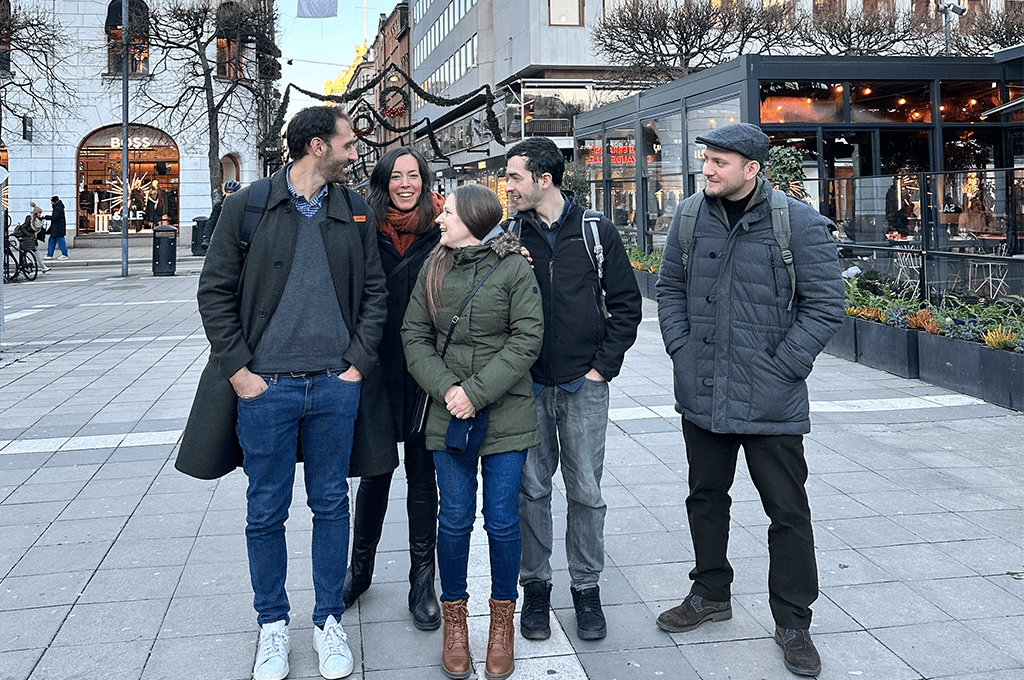AI Virtual Cells could revolutionize biological science
SciLifeLab researcher Emma Lundberg is the corresponding author of a recent perspective article published in Cell about how biology and artificial intelligence (AI) are coming together to fundamentally change the way we do biological science. Specifically, by building AI virtual cells (AIVC), computer models of human cells made using AI and large amounts of biological data. These virtual cells could help us understand how cells work and predict what happens inside them. Making it easier to develop new drugs and to study diseases.
The article stresses the need for academia, industry, and funders to work together. Sharing data, tools, and resources would make it easier to achieve these goals.
”Building Virtual Cells is a mammoth of a task that can only be achieved with interdisciplinary collaboration with shared resources where researchers can access data, models, and benchmarks, fostering a collaborative environment that drives scientific discovery,” says corresponding author Emma Lundberg, SciLifeLab researcher and KTH professor.
The way forward
AI is already being used to design things like CRISPR tools and new proteins. However, modeling a whole cell is much harder than modeling a single protein. To make AIVC work, you need a lot of different data representing the diversity of human cell types, including information about genes, proteins, and the physical and chemical properties of cells.
A key challenge for AIVC will be to bridge the scales of biology, both in terms of time and space. The article discusses how imaging technologies will be key to link scales and allow modeling of cell behavior over time.
Why does it matter?
AIVC could allow researchers to run experiments on computers instead of in the lab. This would make it faster and cheaper to test ideas and discover new treatments for diseases. To be truly useful, the models would need to work across different types of cells and biological systems.
By transitioning from hypothesis-driven research to a framework that explores a multitude of hypotheses through computer-based simulations, AIVC could transform biological research. If successful, AIVC could revolutionize the scientific process. Leading to future breakthroughs in biomedical research, personalized medicine, drug discovery, cell engineering, and programmable biology.
“It’s a very exciting time now in AI and Biology. We here at SciLifeLab, with open resources like the Human Protein Atlas and facilities capable of generating biological data at very large scales, are well positioned to take a leading role in building Virtual Cell Models,” Lundberg concludes.
SciLifeLab is actively contributing to the issues outlined in the article. With labs such as AICell Lab (headed by DDLS Fellow Wei Ouyang). And the upcoming Knut and Alice Wallenberg-supported project Alpha Cell which builds on the HPA resource (see the Alpha Cell press release from KTH).
DOI: 10.1016/j.cell.2024.11.015
Contact:
Emma Lundberg
SciLifeLab researcher and KTH professor
emma.lundberg@scilifelab.se




